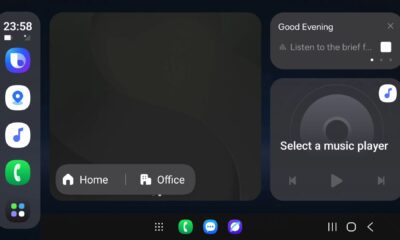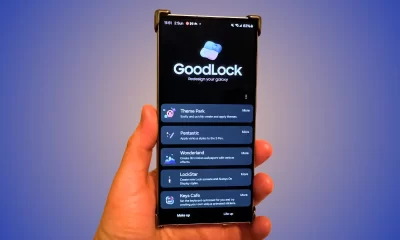News
Samsung’s new Foldable phones add call captions feature
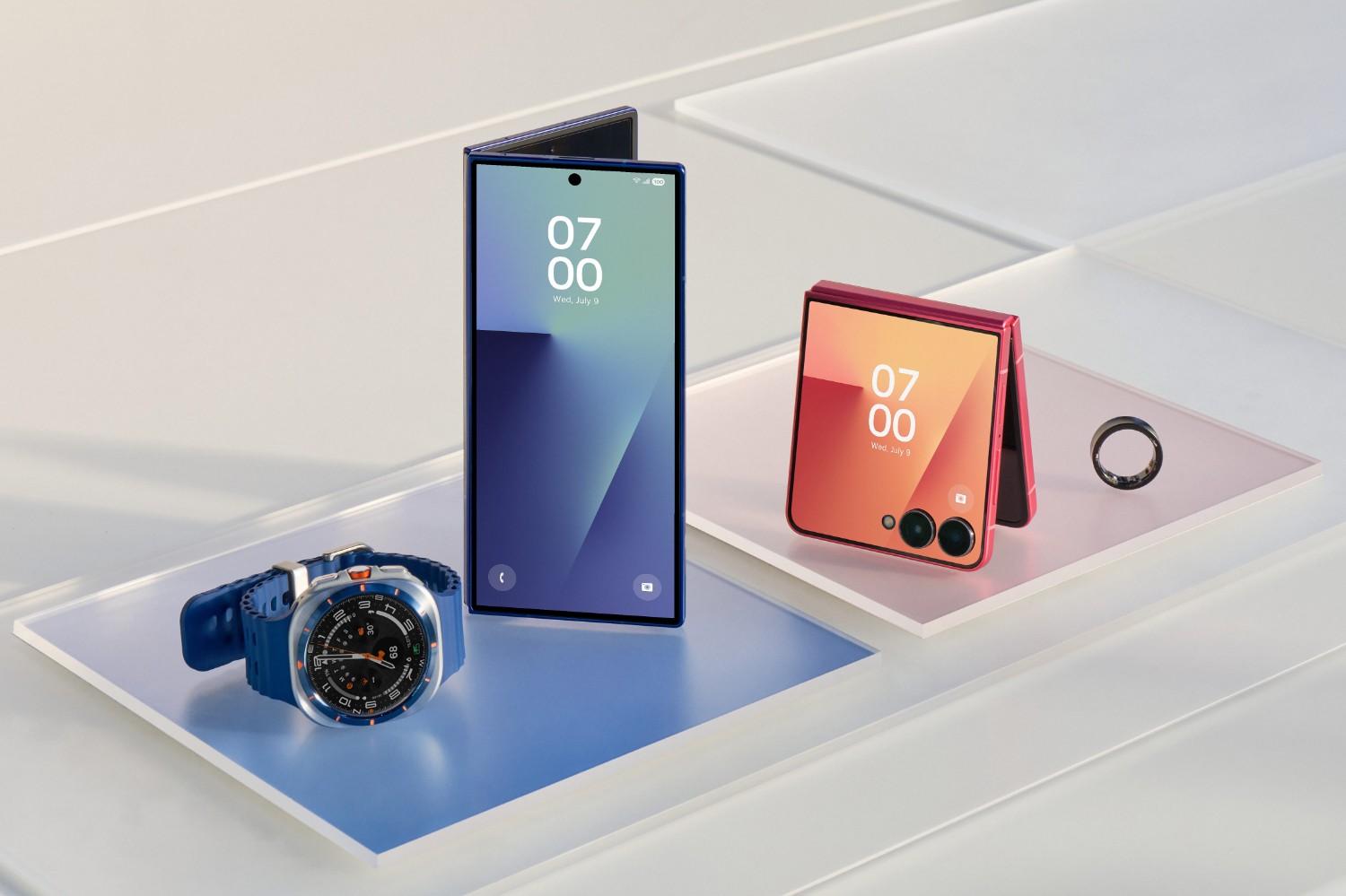
Samsung’s latest foldable phones, the Galaxy Z Fold 7 and Z Flip 7, come with a fresh software update called One UI 8, built on Android 16. A standout feature is Call Captions, which shows real-time text of what people say during phone calls. This makes it easier to follow conversations, especially if you’re in a noisy place or have trouble hearing.
The feature uses AI to transcribe calls and works only with Samsung’s dialer app, not Google’s Phone app. It supports multiple languages, matching those available in Samsung’s live call translation tool. The Galaxy Z Fold 7, Z Flip 7, and the budget-friendly Z Flip 7 FE were unveiled at Samsung’s July Unpacked event, alongside the Galaxy Watch 8 series.
These phones are slimmer and packed with AI-powered tools. For example, the Z Flip 7 has a 6.9-inch main screen and a 4.1-inch outer display, making it Samsung’s thinnest flip phone yet. It also boasts a 50MP camera for great photos. Call Captions will roll out to other Samsung phones with Galaxy AI once the One UI 8 beta program ends. This feature could make phone calls more accessible and convenient.
News
Samsung Auto DeX: What it really is
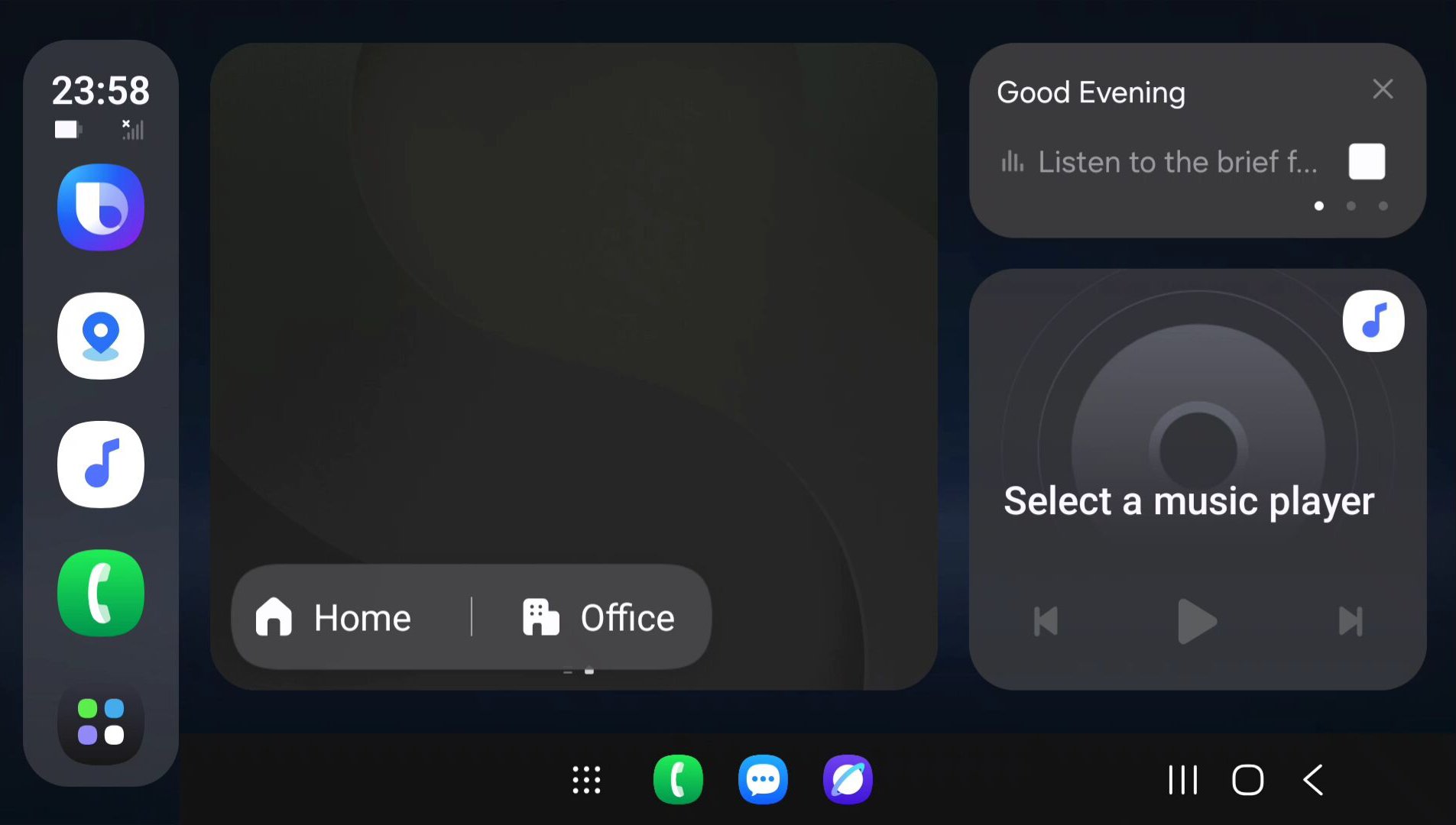
Recent buzz about Samsung’s “Auto DeX” being a rival to Android Auto got people excited, but the truth is simpler. Auto DeX isn’t a new feature or an Android Auto replacement. Instead, it’s an unofficial trick to make Samsung Auto, an existing Android Auto alternative used in China, work on non-Chinese car displays.
Samsung Auto lets Galaxy phones project a car-friendly interface onto a vehicle’s screen, similar to Android Auto. The Auto DeX workaround uses a phone’s desktop mode and a receiver app to cast this interface to car head units that don’t natively support Samsung Auto. This creates a DeX-like experience, but it’s not an official Samsung product.
A leaked screenshot from X user Galaxy Techie showed this setup, claiming it works on over 8,500 car models across 120 brands, even without car support, but it’s not a standalone feature. Code reviews of Samsung Auto’s latest app versions found no solid evidence of an official Auto DeX feature.
The term only appears in a package name, not in the app itself. While Samsung might be exploring ways to mirror a car-optimized interface, there’s no proof yet. For now, Auto DeX is just a clever workaround, not a game-changer for Android Auto or Apple CarPlay.
News
Samsung UK offers 100-day return for new Galaxy Foldables

Samsung has launched an exciting deal for UK customers buying its latest foldable phones, the Galaxy Z Fold 7, Galaxy Z Flip 7, and Galaxy Z Flip 7 FE. Unlike the usual 30-day return policy, this new offer gives buyers 100 days to try out their device. If they’re not happy, they can return it for a full refund, as long as it’s in good condition.
This is Samsung’s longest return period ever for Galaxy devices in the UK, making it easier for people to test these innovative foldables. The “buy and try” deal is only available for pre-orders placed before the promotion ends next month. Customers need to register for the offer within 30 days of purchase and can return the phone between days 45 and 100.
This extended trial aims to attract new users to foldable phones, which are still a unique choice compared to regular smartphones. Samsung’s foldables, like the slim Galaxy Z Flip 7 and the powerful Galaxy Z Fold 7, come with advanced features such as Galaxy AI, improved cameras, and sleek designs.
This promotion shows Samsung’s confidence in its latest devices and encourages hesitant buyers to give foldables a chance. With their high price tags and concerns about durability, the 100-day return policy offers peace of mind. Pre-orders are now open, with devices shipping from July 25. Don’t miss this chance to explore Samsung’s cutting-edge foldables risk-free.
News
Gemini AI now on Wear OS smartwatches
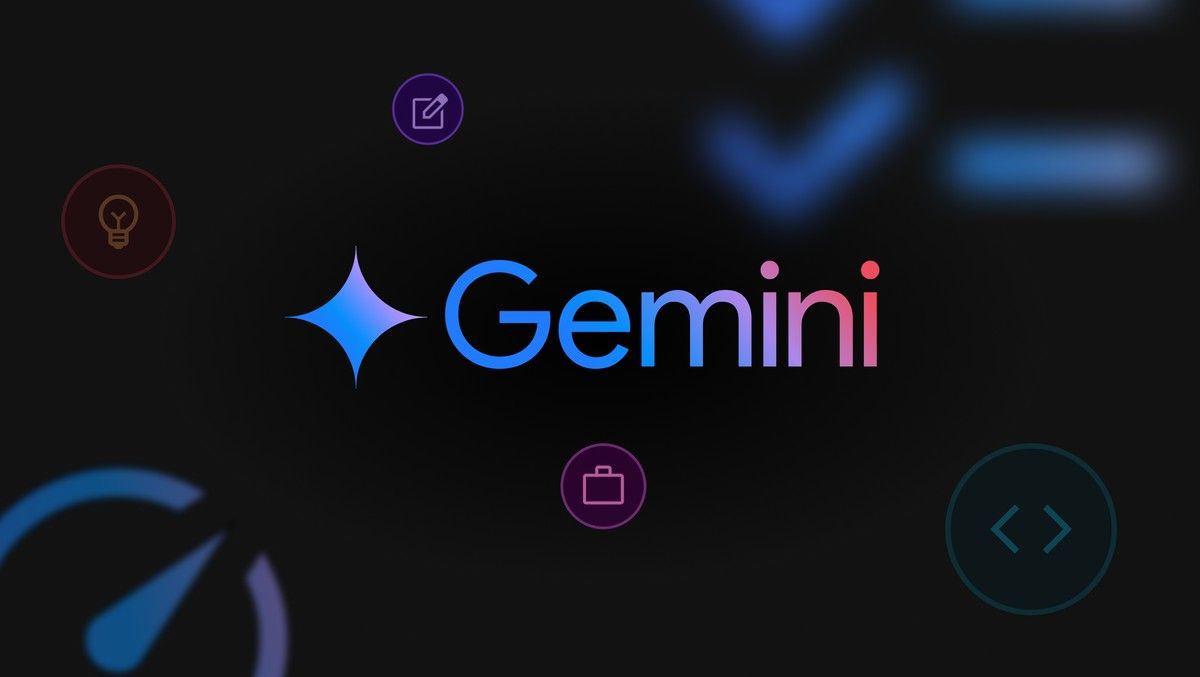
Google is bringing its Gemini AI to Wear OS smartwatches, replacing Google Assistant with a smarter, more conversational helper. The update, rolling out through the Play Store, is already available for some users and will reach more Wear OS 4+ devices, like Pixel Watch, Samsung, OnePlus, OPPO, and Xiaomi, in the coming weeks.
For Pixel Watch owners, this is part of the July 2025 Pixel Drop, which also includes updates like Circle to Search and Veo 3 on Pixel. With Gemini, you can talk naturally to your watch, asking it to do things like send messages, create playlists, or check emails without needing your phone.
You can start it by saying “Hey Google,” pressing the side button, or tapping the Gemini app. The watch shows a colorful waveform and a sparkle icon when you give commands, displaying answers in text, images, or voice. To use app features, like checking Gmail or Calendar, you need to enable them in the Gemini app on your phone.
The update changes the Assistant app to “Google Gemini on Wear OS,” with a new icon and version 1.22.5.780344288 for those getting the full Gemini experience. Older watches might rely on your phone’s processing, but newer ones, like the Galaxy Watch 8, could handle more tasks on their own. This makes your smartwatch a handy, powerful tool for everyday tasks.
-
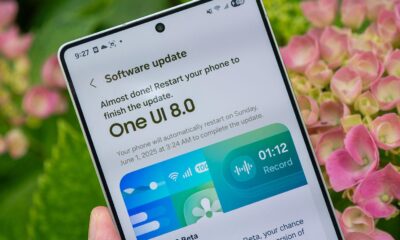
 Android2 weeks ago
Android2 weeks agoSamsung’s new One UI 8 update coming to Galaxy S24 and S23
-
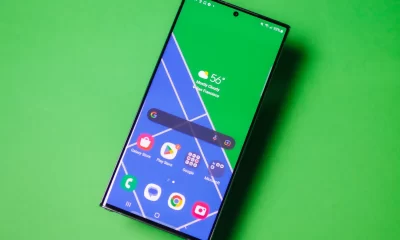
 Android2 weeks ago
Android2 weeks agoSamsung Galaxy S23 to see speed boost with One UI 8 update
-

 News2 weeks ago
News2 weeks agoSamsung’s new One UI 8 update brings smarter features to Galaxy phones
-

 News1 week ago
News1 week agoGalaxy S23 gets smoother animations with early One UI 8
-

 News2 weeks ago
News2 weeks agoSamsung phones in Europe get new Now Brief feature
-

 News2 weeks ago
News2 weeks agoSamsung Galaxy S23 and S22 get June 2025 security update
-

 Android2 weeks ago
Android2 weeks agoSamsung Galaxy S25 gets stable One UI 8 update early
-

 News2 weeks ago
News2 weeks agoOne UI 8 brings a cool new lock screen
